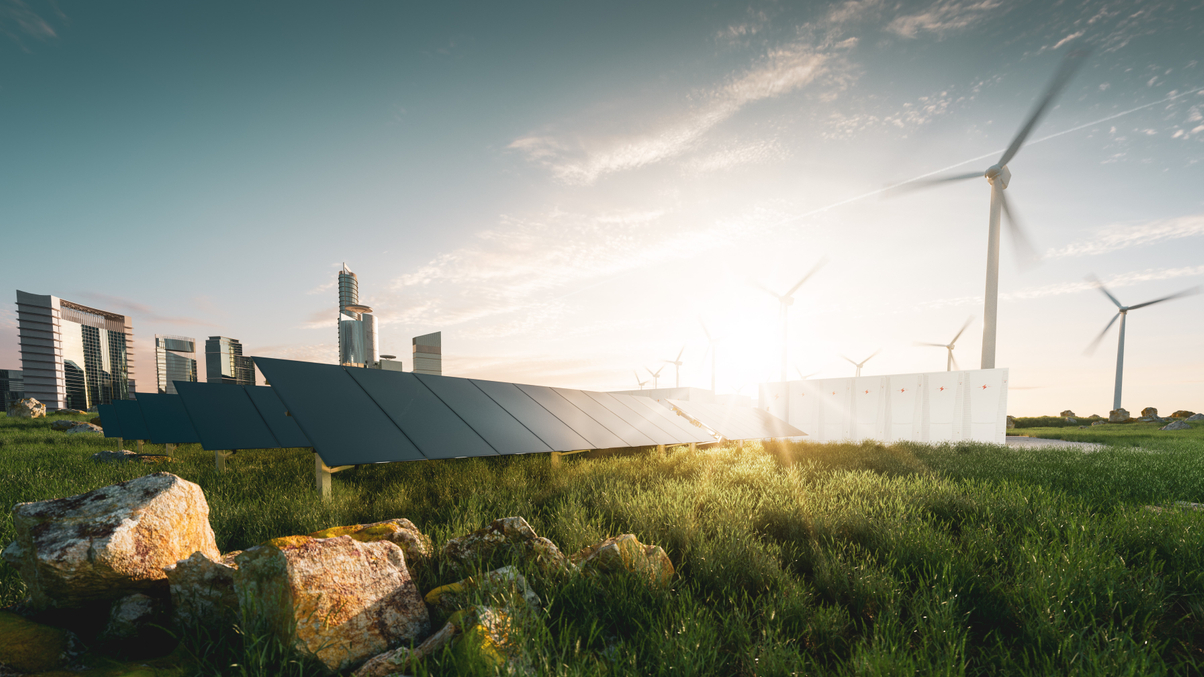Institutional investors turn to renewables as real estate falters
Solar, wind, and other renewables are the main beneficiaries as Asian institutional investors shift from lagging property bets to green alternatives.

Institutional investors in Asia are increasingly seeking out renewable real estate and infrastructure investments to maintain exposure to real assets while addressing growing pressure to incorporate sustainability in their portfolios.
Sign in to read on!
Registered users get 2 free articles in 30 days.
Subscribers have full unlimited access to AsianInvestor
Not signed up? New users get 2 free articles per month, plus a 7-day unlimited free trial.
¬ Haymarket Media Limited. All rights reserved.


